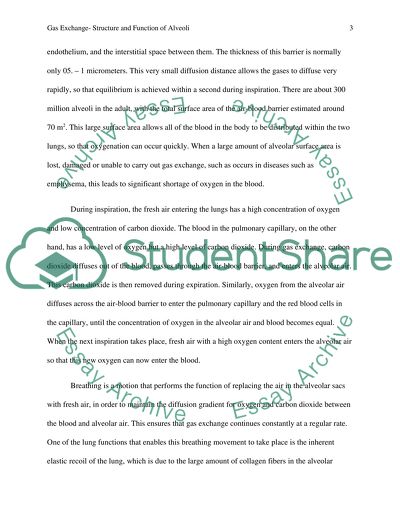Cite this document
(“Gas Exchange: Structure and Function of Alveoli Essay”, n.d.)
Retrieved from https://studentshare.org/health-sciences-medicine/1437985-gas-exchange-structure-and-function-of-alveoli
Retrieved from https://studentshare.org/health-sciences-medicine/1437985-gas-exchange-structure-and-function-of-alveoli
(Gas Exchange: Structure and Function of Alveoli Essay)
https://studentshare.org/health-sciences-medicine/1437985-gas-exchange-structure-and-function-of-alveoli.
https://studentshare.org/health-sciences-medicine/1437985-gas-exchange-structure-and-function-of-alveoli.
“Gas Exchange: Structure and Function of Alveoli Essay”, n.d. https://studentshare.org/health-sciences-medicine/1437985-gas-exchange-structure-and-function-of-alveoli.


